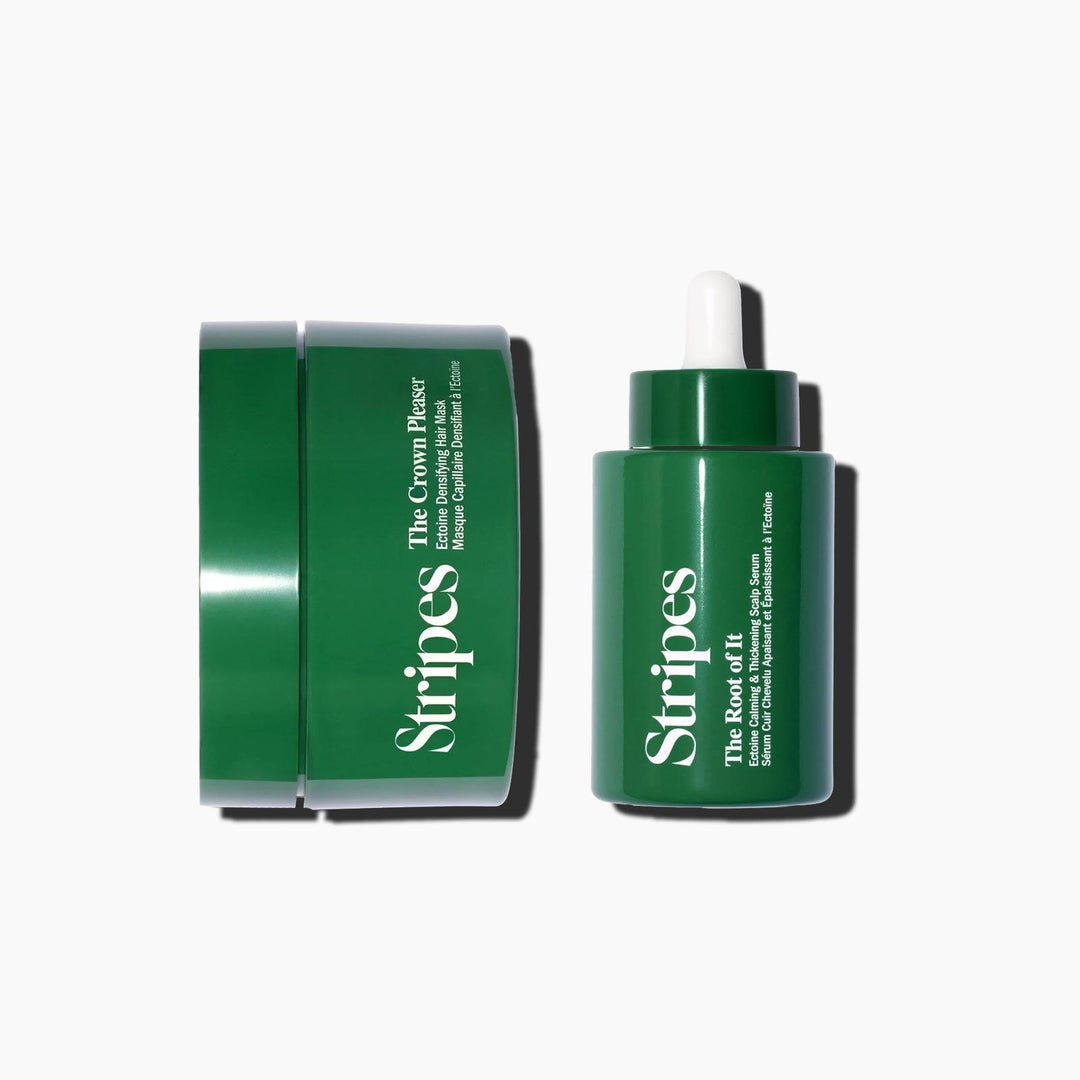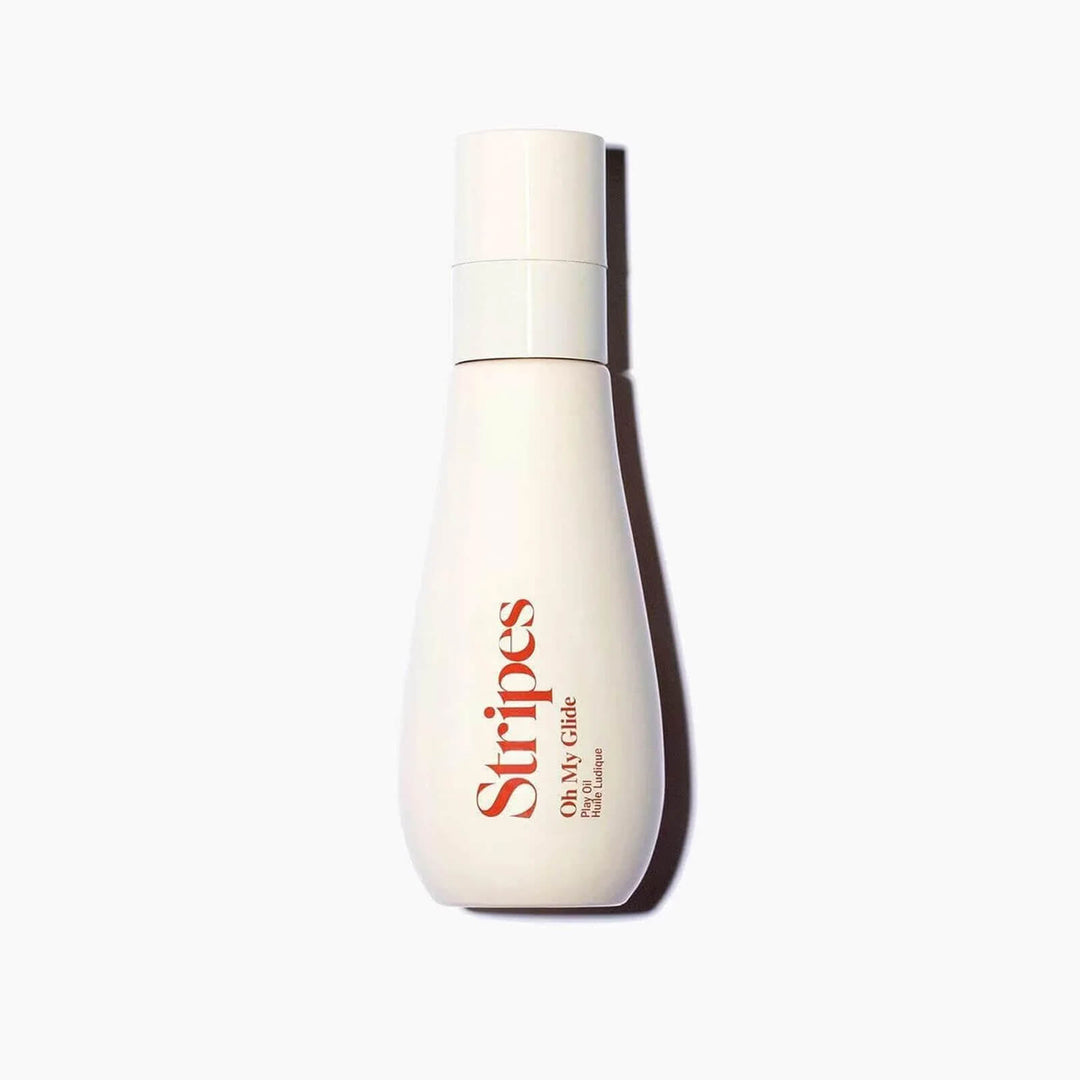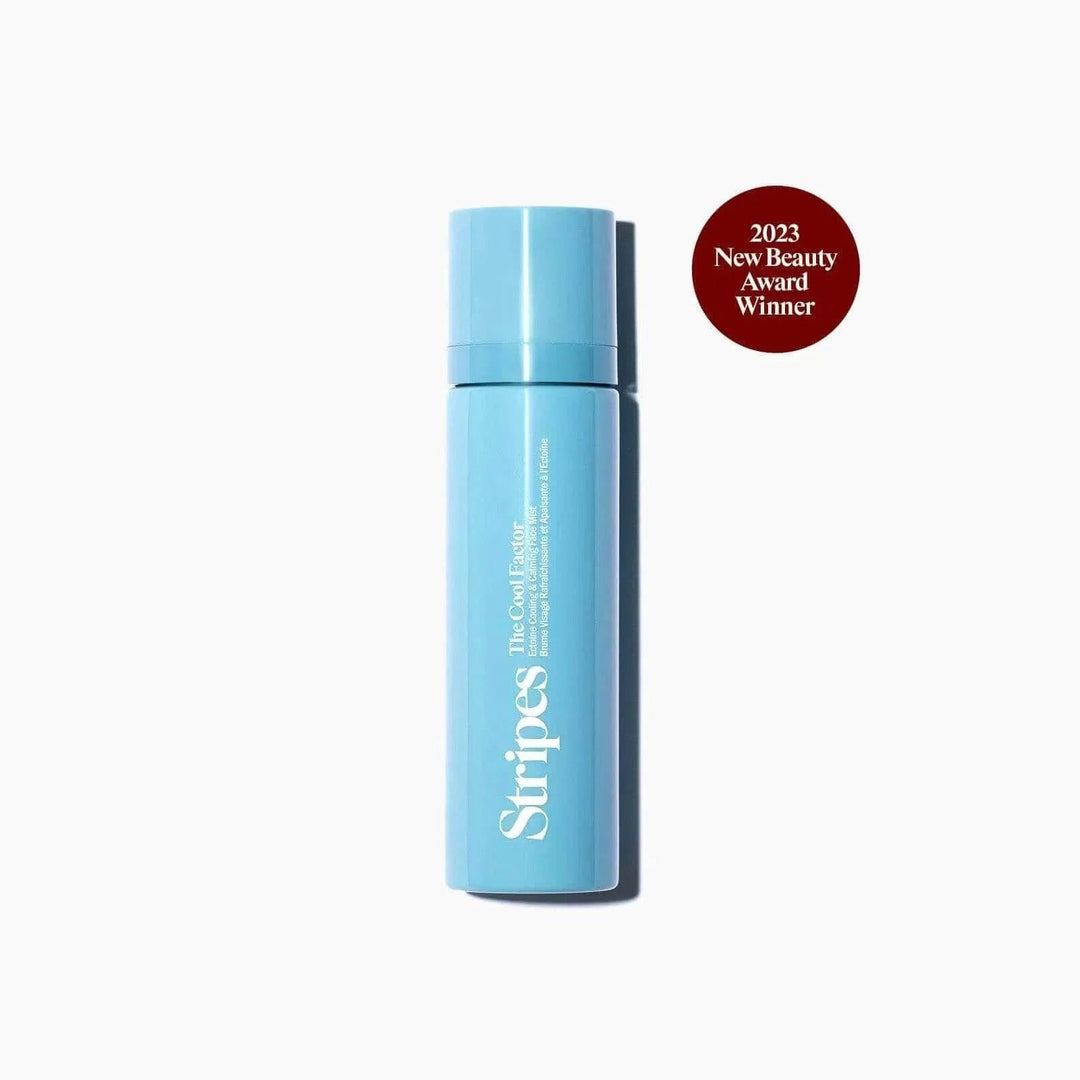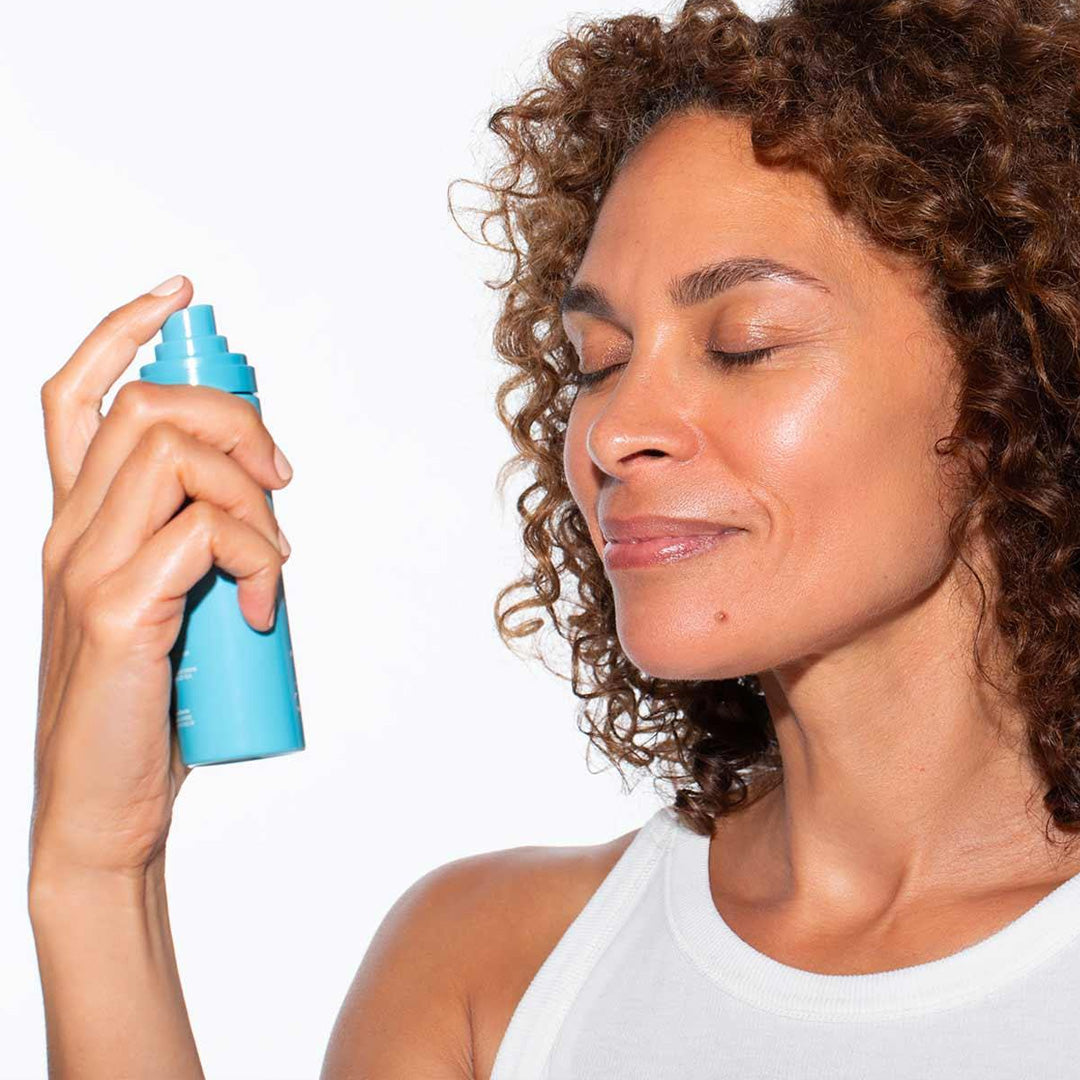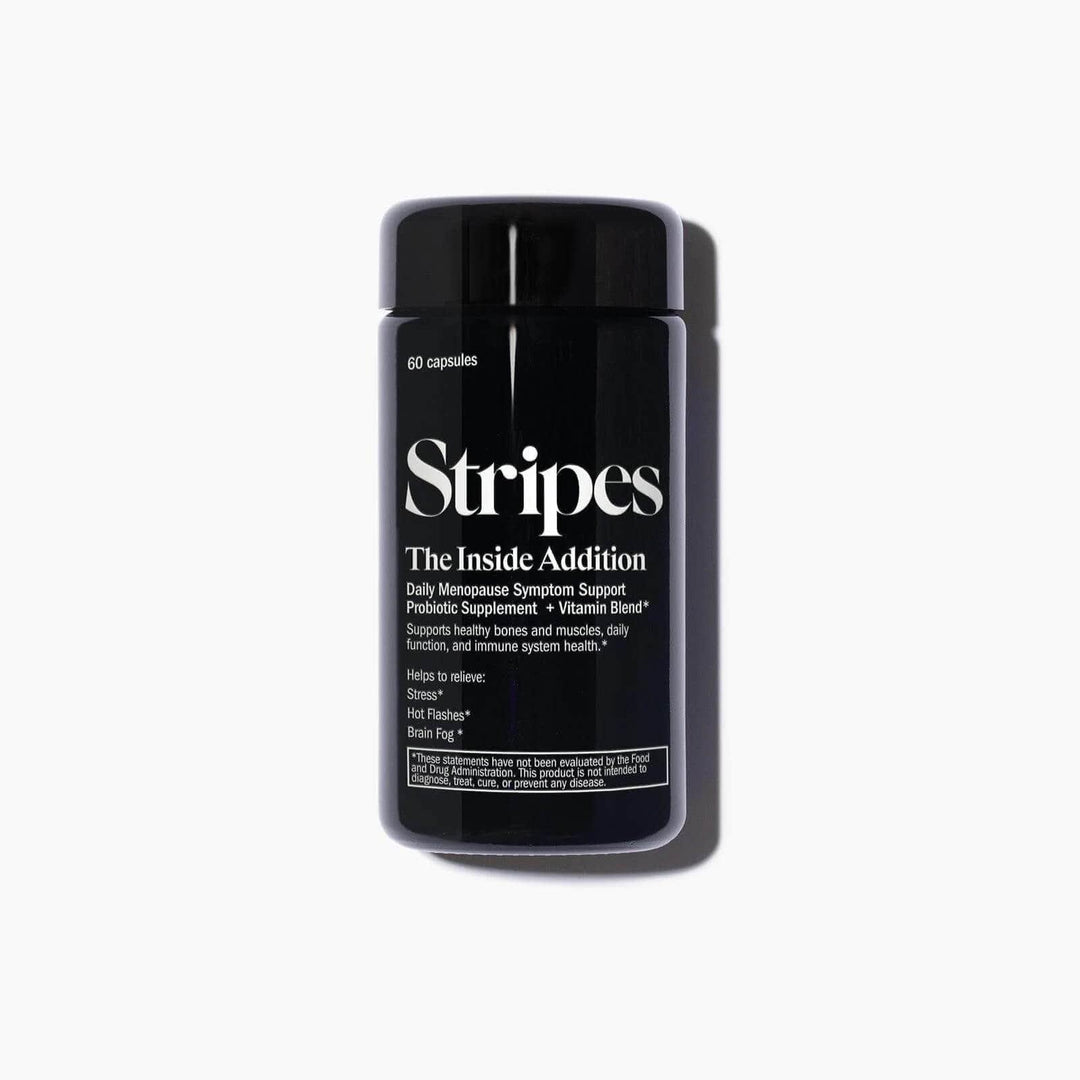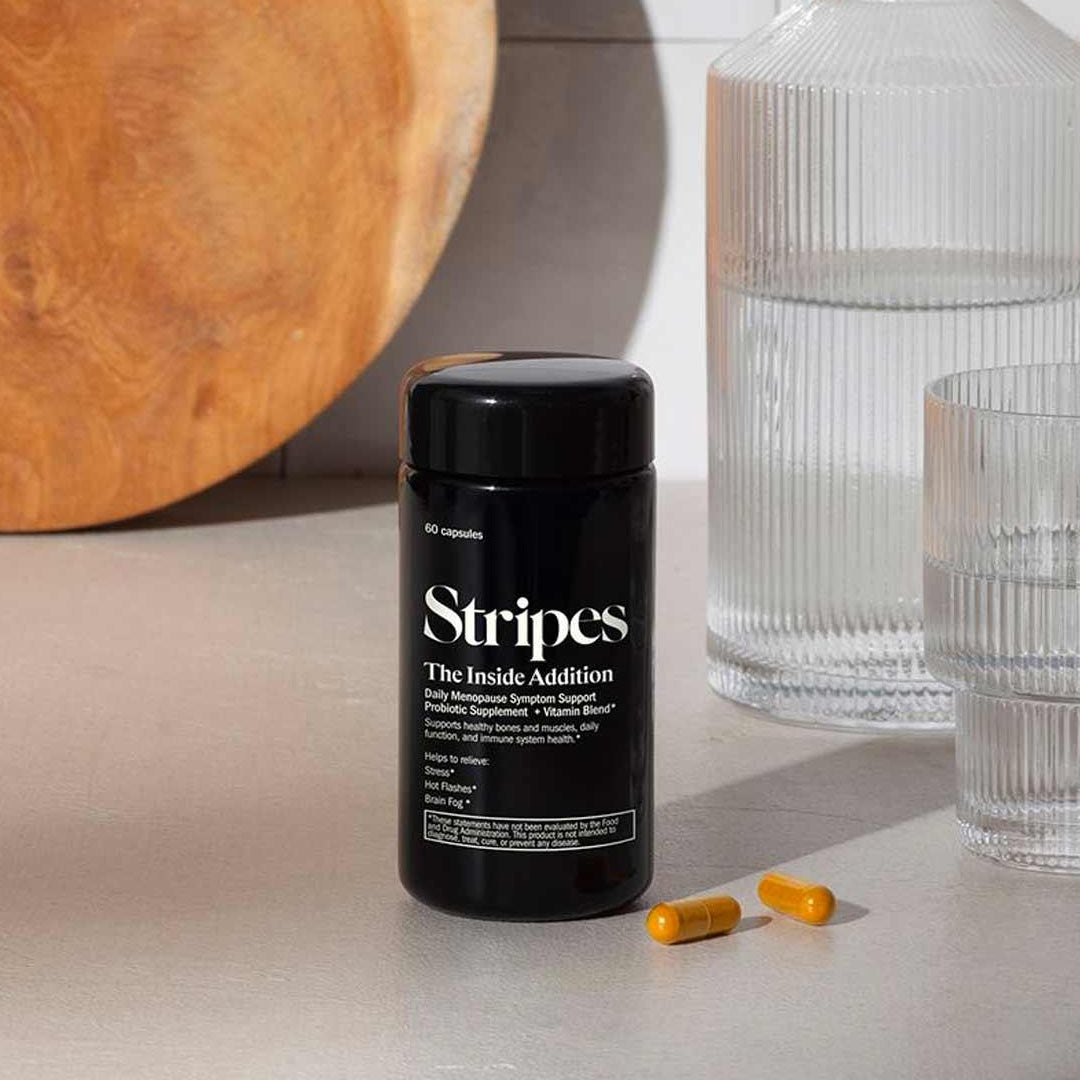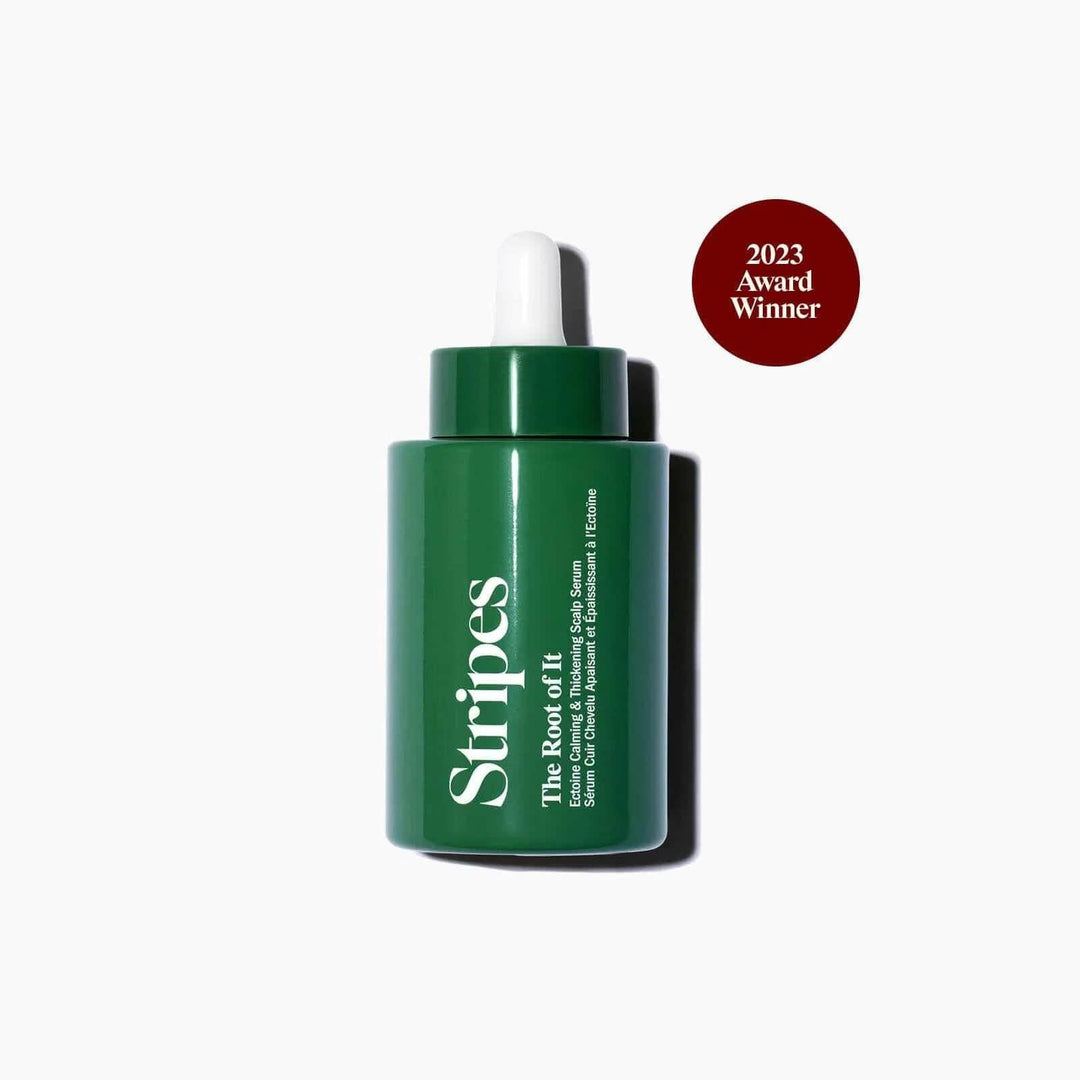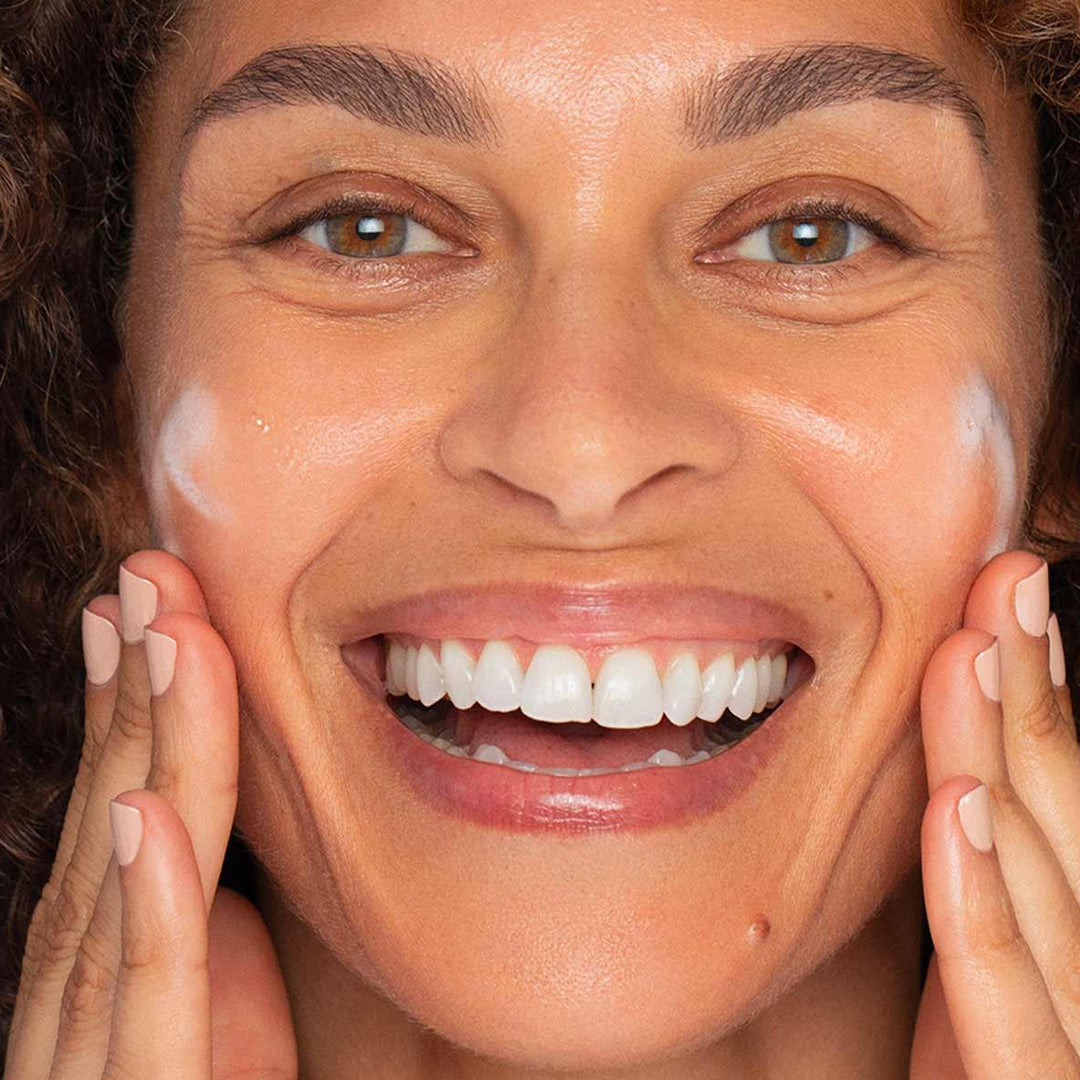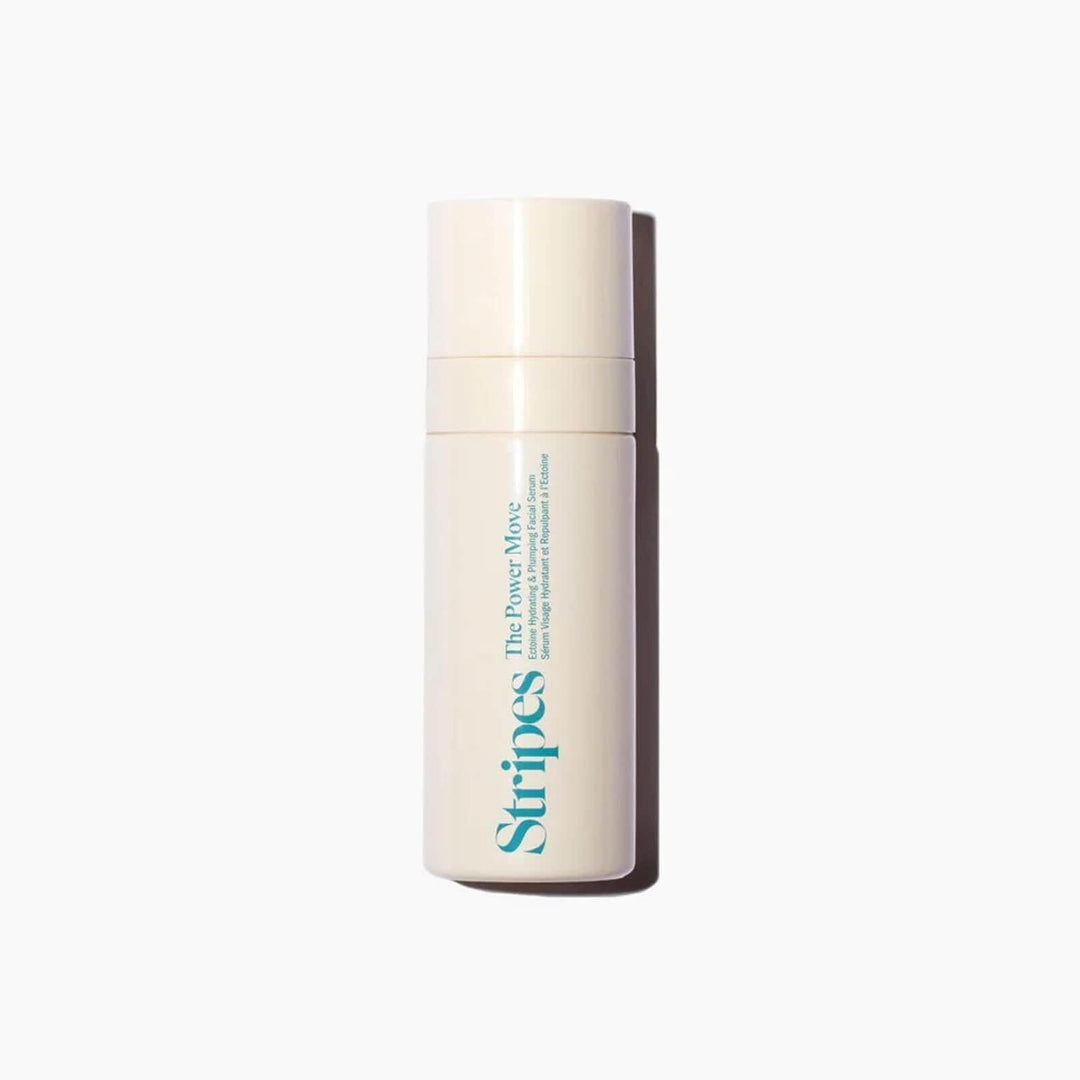Make no bones about it. Midlife is the time that we need to think about our skeletal health.
According to research published by the Endocrine Society, menopause accelerates bone loss significantly and increases the risk of osteoporosis. Research indicates that up to 20 percent of bone loss can happen during these stages, so it’s important to do whatever you can to protect your bone health during this time.
While all women experience changes in their bone health, studies indicate that white women and Asian women are particularly at risk for osteoporosis.
Why is my bone density decreasing?
The hormone estrogen is responsible for regulating many systems in the female body, from controlling its menstrual cycles to maintaining its sexual reproductive system. One of its most important — and surprising — roles is protecting bone health.
Until about age 30, your body forms enough new bone to replace the bone that is naturally broken down by the body (a process called bone turnover). Your highest bone mass (size and thickness) is reached between the ages of 20 and 25 and declines after that. After menopause, women begin to lose bone mass at an even faster rate.
That’s because when menopause begins, estrogen decreases in the body, resulting in a loss of bone density. This decrease in estrogen makes bones in the body more brittle and more susceptible to fractures.
How to prevent osteoporosis after menopause
Here are five ways to keep your bones healthy and strong during midlife and beyond.
Stay active. Taking long brisk walks, light jogging, running, are all forms of cardiovascular workouts that can strengthen the bones. Bones become weaker when they are not in use. Sitting at a desk or remaining stationary for long periods can make bones more brittle.
Women 45 and over are recommended to engage in at least 30 minutes of moderate exercise 5 times a week. Not only does this exercise regimen help prevent any cardiovascular issues, it also helps reduce the chance of extreme decreases in bone density. A double win!
Lift heavy things (safely). Cardio workouts are not the only forms of exercise that can help us maintain proper bone health. Weight-bearing exercises — exercises in which your legs and feet support your body weight — strengthen the muscles surrounding bones and joints, and can also help strengthen your actual bones. Weight-bearing activities are exercises in which your legs and feet support your body weight. High-impact weight-bearing exercises such as running, dancing, and aerobics are perfect for promoting bone health.
While weight-bearing exercises may be useful for the lower body, resistance exercises are ideal for bringing the upper body into full-body workouts. Why? Resistance workouts cause muscles to pull on the bones in the body. This pulling action promotes muscle tissue to build up around the bones. It is especially helpful for reducing joint pain; resistance exercises such as push-ups and exercises are both highly recommended as part of a regular routine. Resistance exercises should be done at least twice a week to help ease the body’s muscular development.
Exercises that work your wrists to your shoulders helps your upper body strength (works those pecs!).
Maintain a healthy diet. Diet plays a major role in alleviating menopause symptoms, including protecting your bones. Why? Bones require nutrients, primarily vitamin D and calcium, to develop properly and maintain density. Incorporating leafy greens, nuts, seeds, dried fruits, milk, cheese, and cultured dairy like yogurt can add high quantities of calcium into a regular diet.
Foods that are rich in vitamin D include fatty fish like salmon, eggs, and fortified breakfast items. Introducing these foods into a regular diet can only help promote bone health, especially if accompanied by a nutritional supplement.
Soak up sunlight. Vitamin D, which you can get from fatty fish and supplements, is crucial for healthy bones. Another amazing source of vitamin D? Sunshine! When your skin is exposed to sunlight, it creates vitamin D from cholesterol. UVB rays from the sun impact cholesterol within skin cells and help turn that cholesterol into vitamin D. Spending time in the sun — even just a half hour — can help increase vitamin D levels and overall bone health. Just remember to slather on the sunscreen first to protect your skin from harmful rays.
Cool it with your drinking and smoking. You already know alcohol and smoking can be majorly harmful to your body. During the menopause transition, both can be especially harmful. Smoking increases the likelihood of osteoporosis in menopausal women. For women who already have osteoporosis, smoking during menopause can exacerbate it and increase the risk of fracturing bones.
Alcohol can also affect the likelihood of bone density loss because it interferes with the calcium balance within bones. It also increases cortisol levels in the body, which negatively impacts bone formation.
Bone loss treatments. A quick lesson on two aspects of your bones–the osteoblasts and osteoclasts. Osteoblasts builds the bone, whereas an osteoclast eats up the bone so that it can be remolded into a stronger one.
Many medications focus on stopping the osteoclasts from eating away at the bone but don't add back osteoblasts to continue building strong bones. Even the most rigid regimen may not be enough to defeat bone loss.
The good news? There are various new medications and treatments that can help reduce the risk of bone fractures. If your doctor determines you have a high risk of osteoporosis entering menopause, they can recommend a treatment to protect your bones from degenerating further.
One of the most common forms of treatment for bone loss (and other severe symptoms of your changing hormones) is hormone replacement therapy (HRT).
HRT helps to replenish the estrogen your body has lost to regulate multiple systems in the body properly, which can help you maintain your bone strength. In already established cases of bone loss, your doctor may recommend an osteoporosis.
While science is always advancing and medications can be a huge help, an ounce of prevention is worth a pound of cure. Even if menopause is far off, your future self will thank you for taking steps to protect your bone health now.
